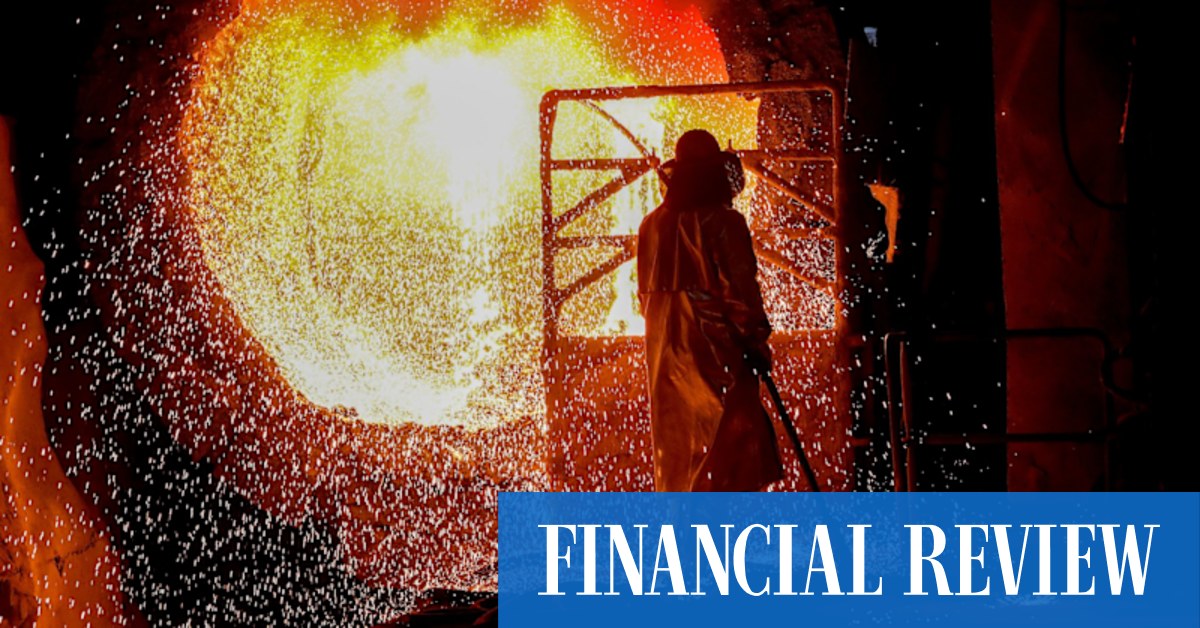Trump's Steel Tariffs: EU Vows Retaliation – A Trade War Looms
The imposition of steel tariffs by the Trump administration sparked immediate outrage and retaliatory threats from the European Union, escalating trade tensions between two major economic powers. The move, announced in March 2018, ignited a global debate about protectionism versus free trade, and its ripple effects are still felt today. This article will delve into the details of the tariffs, the EU's response, and the broader implications for the global economy.
Understanding the Steel Tariffs
President Trump's decision to impose 25% tariffs on imported steel and 10% on aluminum was justified on national security grounds. The administration argued that these tariffs were necessary to protect the US steel industry from what it deemed unfair competition and to bolster domestic production. This protectionist stance, however, directly contradicted the principles of free trade advocated by many international organizations like the World Trade Organization (WTO).
- Key arguments for the tariffs: National security, unfair trade practices by other countries (particularly China), protecting American jobs.
- Key arguments against the tariffs: Increased prices for consumers, retaliatory tariffs from other countries, potential damage to global economic growth.
The EU's Response: A Promise Kept
The EU swiftly condemned the tariffs, viewing them as a violation of WTO rules and a threat to transatlantic trade relations. The bloc immediately vowed retaliatory measures, threatening tariffs on a wide range of American goods, including iconic products like Harley-Davidson motorcycles, bourbon whiskey, and denim jeans. This wasn't an idle threat; the EU followed through with its promises, implementing its own tariffs.
- Targeted retaliatory tariffs: The EU's retaliation focused on goods from states known for their support of the Trump administration's protectionist policies.
- WTO Dispute Settlement: The EU initiated a formal dispute settlement process at the WTO, challenging the legality of the US tariffs. This process, however, is often lengthy and complex.
Long-Term Impacts and the Broader Picture
The steel tariff dispute highlights the complex interplay between national interests and global trade. While the Trump administration aimed to protect American jobs and the domestic steel industry, the resulting trade war had far-reaching consequences:
- Increased prices for consumers: Tariffs increased the cost of steel and aluminum, impacting the prices of various goods.
- Damage to international relations: The dispute strained relationships between the US and its key trading partners, including the EU.
- Uncertainty in the global market: The trade war created uncertainty for businesses and investors, hindering economic growth.
This situation underscores the need for a multilateral approach to trade policy, emphasizing collaboration and negotiation rather than unilateral actions. The long-term effects of these tariffs are still being assessed, but they serve as a cautionary tale about the potential downsides of protectionism.
Conclusion: Navigating the Choppy Waters of Global Trade
The Trump administration's steel tariffs and the EU's subsequent retaliation serve as a stark reminder of the delicate balance in international trade. The incident highlighted the complexities of protectionist measures and their potential negative consequences for global economic stability and international relations. While the immediate crisis may have subsided, the underlying tensions remain, highlighting the ongoing need for collaborative and rules-based approaches to international trade.
Further Reading:
Are you interested in learning more about the intricacies of international trade policy? Share your thoughts in the comments below!

